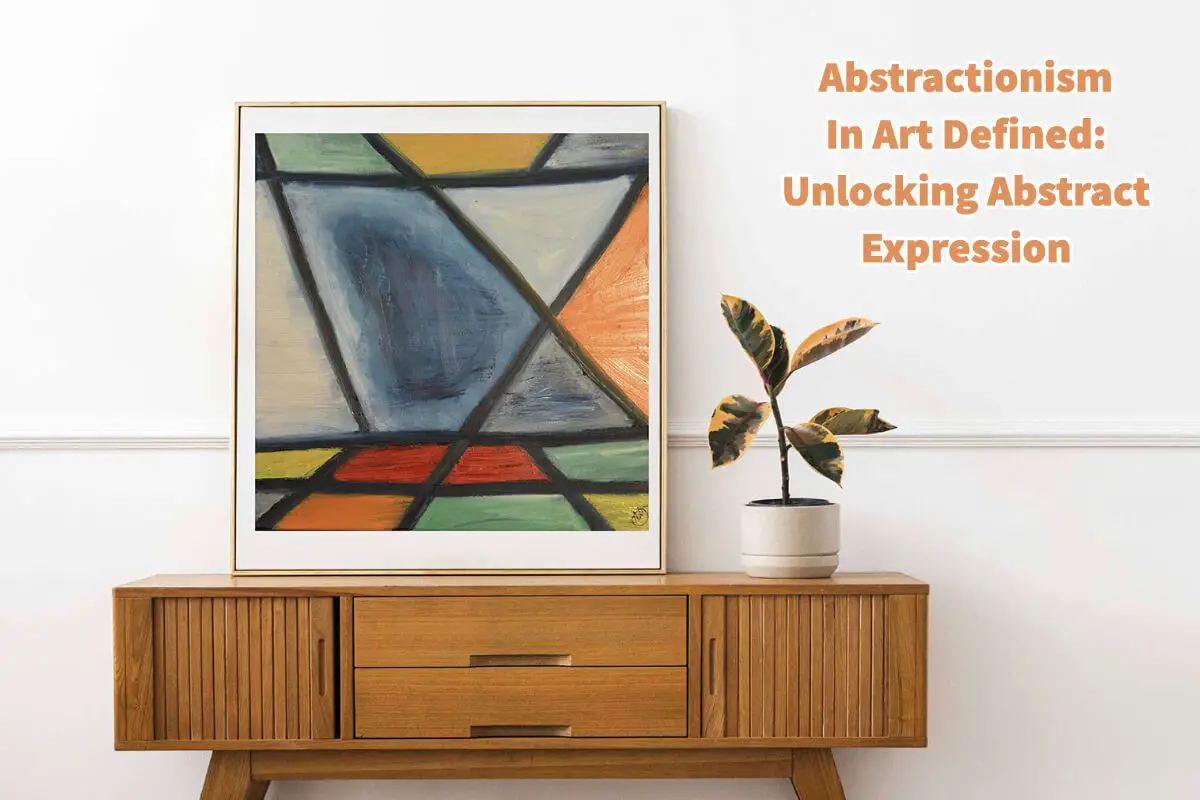One of the great things about art history is a vast tapestry woven with diverse movements and styles, each contributing a unique perspective to the evolution of the artistic landscape. That is one reason I love to study art isa because you can learn about yourself, history, and the world.
Among one of the most influential art movements, abstractionism stands as a beacon, reshaping the trajectory of modern art. Abstract art, also known as abstractionism, captivates with its departure from conventional depictions of the visual world. Read on, we explore the essence of abstractionism, delving into its fundamental nature, diverse forms, and the underlying concepts that fuel its creative endeavors.
Table of Contents
- Abstractionism In Art
- Forms Of Abstraction In Art
- The Moral Dimension Of Abstract Art Explored
- The Pioneers And Theoretical Foundations Of Abstract Art
- Abstract Art And The 20th Century
- Related Questions
Abstractionism In Art
Throughout art history, various movements and styles have emerged, each with its unique approach and interpretation. One such movement that has significantly influenced the trajectory of modern art is abstractionism.

Abstractionism, or abstract art, is a captivating form of artistic expression that deviates from traditional representations of the visual world.
Defining Abstraction In Art
At its core, abstraction separates or withdraws something from its original context. In the realm of art, abstraction involves the process of simplifying or schematizing forms, whether they are derived from objects, figures, landscapes, or purely from the artist’s imagination.

It is a departure from direct representation, where the emphasis is placed on conveying emotions, ideas, or aesthetic experiences through the language of form, color, and line.
Forms Of Abstraction In Art
Abstraction in art can be categorized into two primary forms: representational abstraction and non-representational abstraction.
Representational Abstraction
Symbolic abstraction retains some recognizable subject matter while simplifying or distorting its forms. Artists working within this form may reduce objects, figures, or landscapes to their basic shapes and lines, capturing the essence rather than the detailed representation.
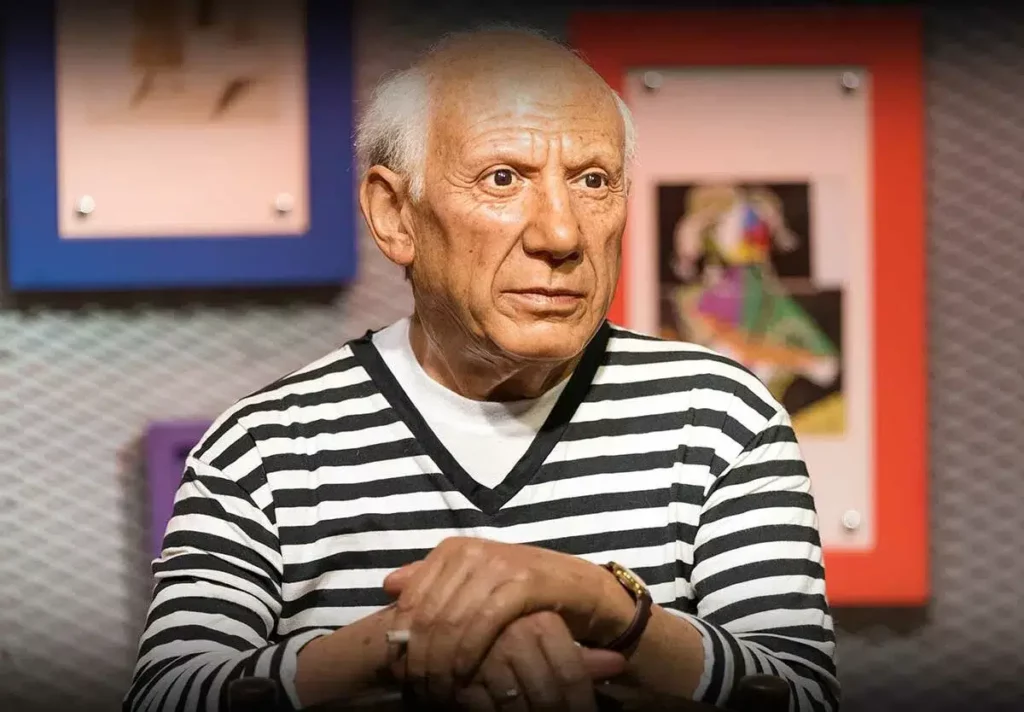

Examples of artists exploring representational abstraction include the early Cubists such as Pablo Picasso and Georges Braque, who fragmented and reassembled forms to depict multiple viewpoints simultaneously.
Non-Representational Abstraction
Non-representational abstraction, often called pure abstraction, completely disconnects from any visual reference to the external world. Artists utilize geometric shapes, gestural marks, or other non-referential elements to create purely self-referential compositions in this form.
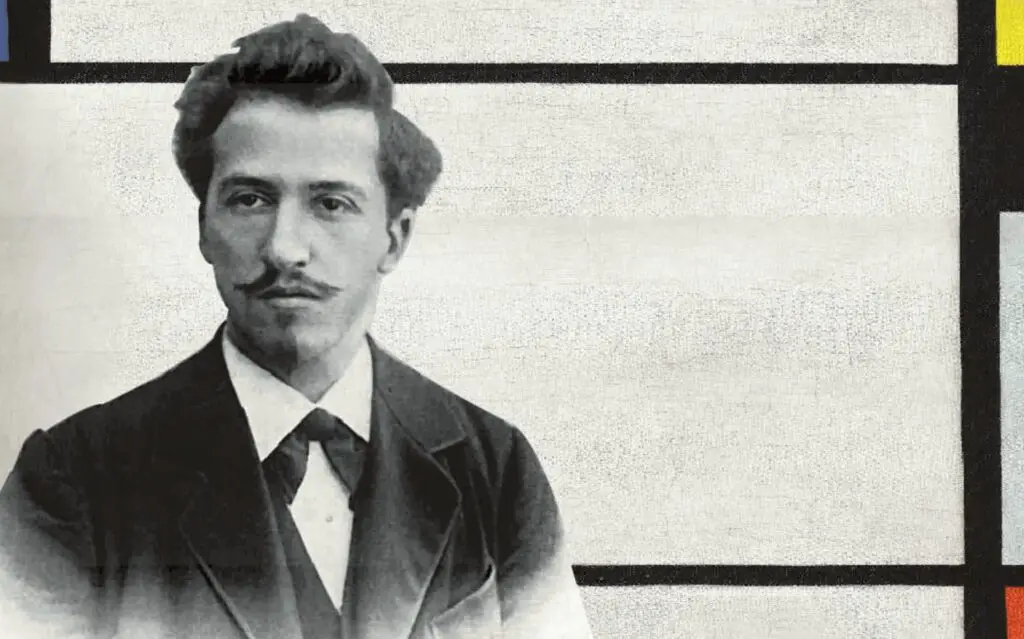
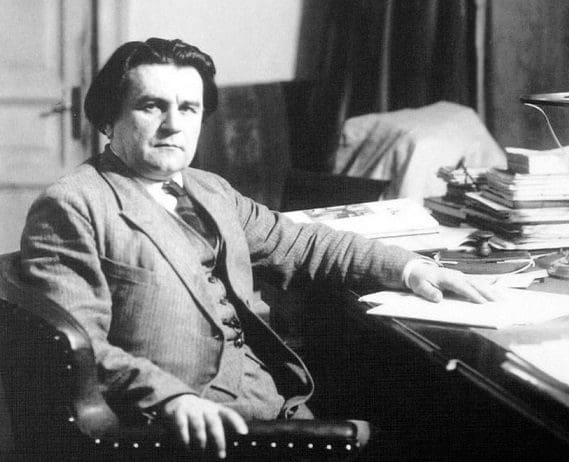
Piet Mondrian and Kazimir Malevich were pioneers of this approach, seeking to evoke emotional and spiritual responses through the harmony of colors, lines, and forms.
The Moral Dimension Of Abstract Art Explored
Abstract art is often imbued with a moral dimension, as it is perceived to embody virtues such as order, purity, simplicity, and spirituality. By transcending the limitations of direct representation, abstract art encourages viewers to delve into their interpretations and introspections.
The absence of a concrete subject allows for a more subjective and personal experience, enabling individuals to connect with the artwork deeper and explore their emotions and perceptions.
The Pioneers And Theoretical Foundations Of Abstract Art
The emergence of abstract art as mainstream within modern art can be traced back to the early 20th century. Kazimir Malevich and Piet Mondrian, among others, played instrumental roles in pioneering pure abstract painting during the years 1910-1920. Malevich’s iconic work,

“Black Square” reduced artistic expression to its simplest form, a black square on a white background devoid of symbolic elements. On the other hand, Mondrian embraced horizontal and vertical lines intersecting with primary colors, creating a sense of harmony and balance.
The theoretical foundations of abstract art are diverse, reflecting the multifaceted nature of this movement. Some artists advocate for “art for art’s sake,” which emphasizes creating aesthetically pleasing effects without a specific narrative or reference. Others draw parallels between abstract art and music, suggesting that, just as music is composed of sound patterns, art’s effects should be created through form, color, and line patterns.
Abstract Art And The Spiritual Explored
Moreover, abstract art is often seen as representing the spiritual realm. By freeing itself from the constraints of depicting the physical world, abstract art has the potential to tap into something more profound.
It can evoke emotions, spark contemplation, and create a sense of transcendence. The absence of recognizable objects allows viewers to engage with the artwork more intuitively and emotionally, opening avenues for personal interpretation and connection.
Major Artist Who Explored Theoretical Concepts
Throughout history, numerous abstract artists have explored these theoretical concepts and pushed the boundaries of artistic expression. Wassily Kandinsky, a prominent figure in abstract art, believed that colors and forms could evoke spiritual vibrations and resonate with the human soul.

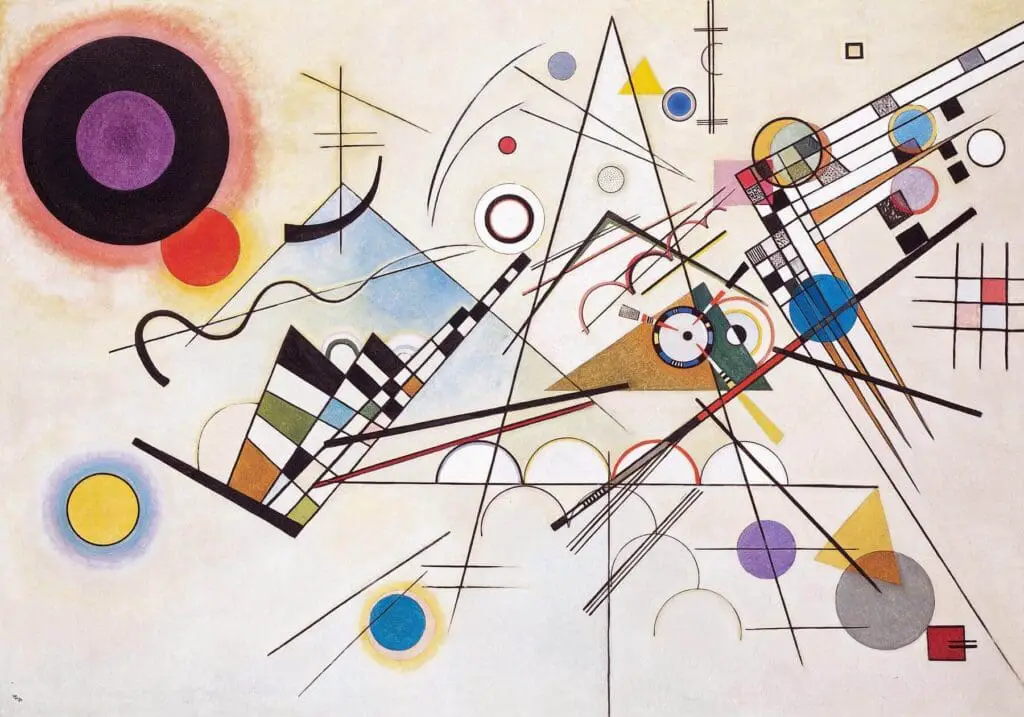
His paintings, characterized by vibrant colors and dynamic compositions, aimed to awaken emotions and ignite spiritual experiences within viewers.
Constructivism And Abstraction
Another influential movement within abstract art is Constructivism, which emerged in Russia in the early 20th century. Artists such as Naum Gabo and Alexander Rodchenko sought to bridge the gap between art and life, incorporating modern materials and industrial aesthetics into their sculptural works.
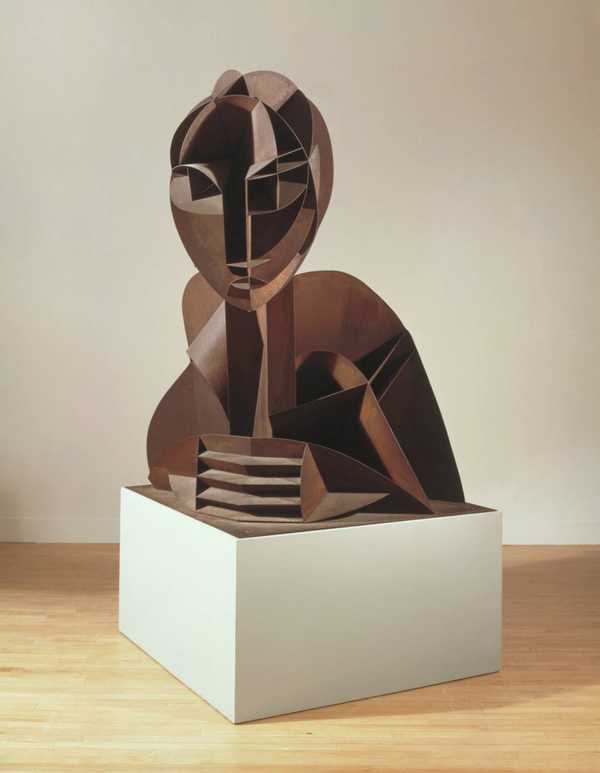
Constructivist artists embraced abstraction to reflect the dynamism and progress of the modern world, emphasizing geometric forms and spatial relationships.
Abstract Art And The 20th Century
As abstract art continued to evolve, artists began experimenting with different techniques and approaches. Abstract Expressionism emerged in the mid-20th century, with artists like Jackson Pollock and Willem de Kooning leading the charge.
This movement emphasized the spontaneous and gestural application of paint, often resulting in large-scale, energetic canvases filled with abstract forms. Abstract Expressionism strongly emphasizes the artist’s emotional expression and the subconscious, allowing for a natural and intuitive creative process.
In the latter half of the 20th century, artists such as Mark Rothko and Barnett Newman delved deeper into the spiritual aspects of abstract art. Their works, characterized by large fields of color and minimalistic compositions, aimed to create contemplative experiences.
They sought to evoke profound emotions and elicit a sense of the sublime using color and form.
Contemporary abstract art continues to thrive, with artists constantly pushing boundaries and exploring new possibilities. Digital technology has opened up new avenues for experimentation and creation, leading to the emergence of digital abstract art and interactive installations.
Artists like Olafur Eliasson and Yayoi Kusama have embraced these technologies, creating immersive and experiential artworks that blur the physical and virtual boundaries.
Abstractionism in art represents a departure from direct representation, focusing on the language of form, color, and line to convey emotions, ideas, and spiritual experiences. It encompasses representational and non-representational abstraction, with artists simplifying forms or completely disconnecting from visual references.
Abstract art carries a moral dimension, often associated with virtues such as order, purity, simplicity, and spirituality.
Abstraction in art has a rich history, with pioneers like Malevich and Mondrian shaping its early development and laying the groundwork for future generations of artists. The theoretical concepts behind abstract art range from “art for art’s sake” to the parallels between abstract art and music.
Abstract art continues to evolve, reflecting the ever-changing landscape of artistic expression and capturing viewers’ imagination with its limitless possibilities.
Anita Louise Art is dedicated to art education, great artists, and inspiring others to find and create their art. We love art that uplifts and inspires. #ArtToMakeYouSmile! #ArtToMakeYouHappy!
If you want to see any of my art, you can find out more by clicking here. If you are interested in what inspires me and my paintings, you can discover more by clicking here.
We have a free newsletter and would love you to be part of our community; you can subscribe to the newsletter by clicking here. I would be happy to talk to you if you have any questions. You can reach me, Anita, by clicking here.
Subscribe to our Anita Louise Art YouTube Channel with great videos and information by clicking here.
Join us for our podcast “5 Minutes With Art.” Spend 5 minutes a week with us to discover and learn about great art and artists. You can find out more about our podcast by clicking here.
Related Questions
What Is The Cultural Significance Of Abstract Expressionism Art?
The cultural significance of abstract expressionism art is that it was a forerunner for the cultural changes in the United States in the 1950s and 1960s. The Abstract Expressionism movement started after World War II in the 1940s and continued into the 1950s. The world saw significant cultural shifts in the 1950s and the 1960s.
By clicking here, you can learn more by reading What The Cultural Significance Of Abstract Expressionism Art Is?.
What Is Abstract Expressionism?
Abstract Expressionism is a term applied to the art developed by American painters in the 1940s and 50s. It is associated with the New York School art movement, which signified a change in the world’s art center from Paris, France, to New York City. Gestural brushstrokes characterize the abstract expressionism art movement, mark markings, and the overall impression of spontaneity in the artwork.
You can learn more by reading the blog What Is Abstract Expressionism? by clicking here.
What Is Abstraction In Art? Definition Explored
One such style that has gained immense popularity in the modern era is abstraction. Abstraction in art refers to distorting, simplifying, or exaggerating the natural forms and shapes found in the real world. This art style seeks to communicate emotions and ideas through color, texture, and form rather than realistically representing objects or figures.
By clicking here, you can discover more by reading What Is Abstraction In Art? Definition Explored

